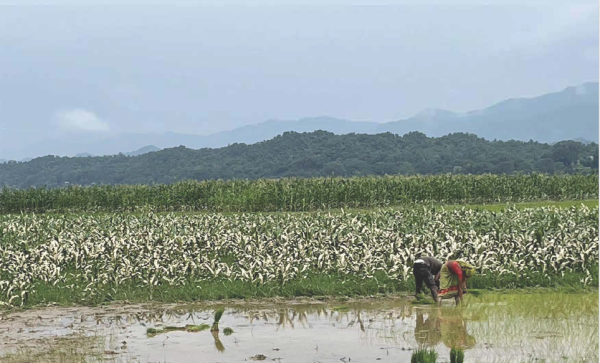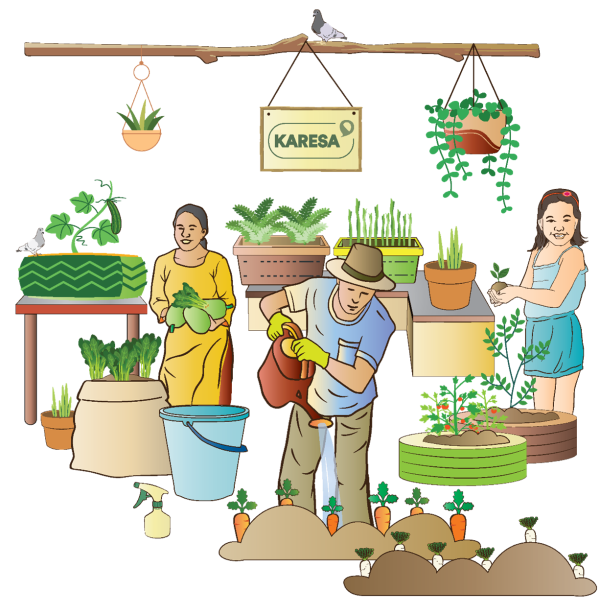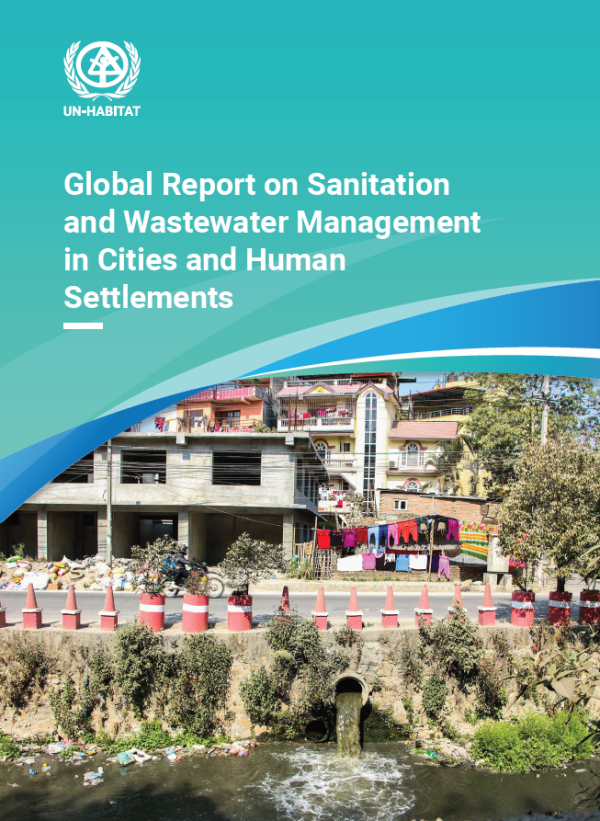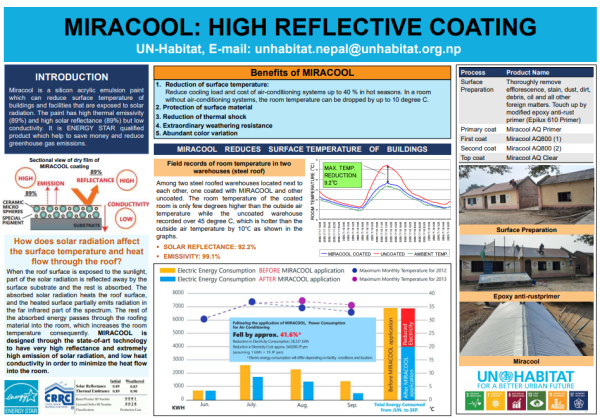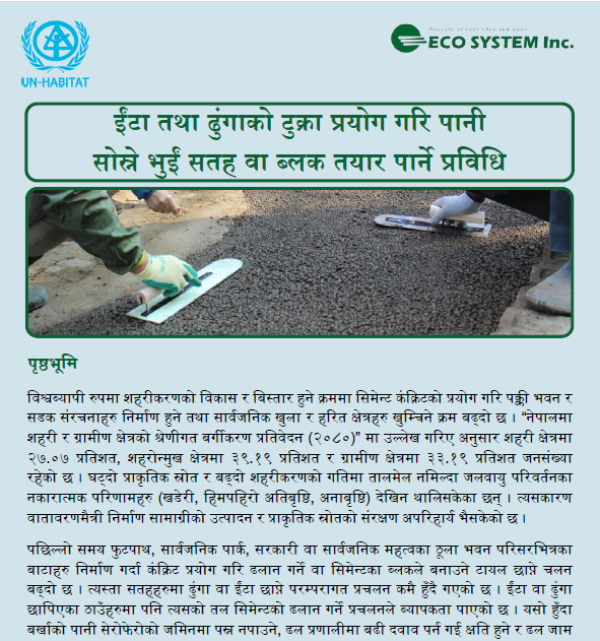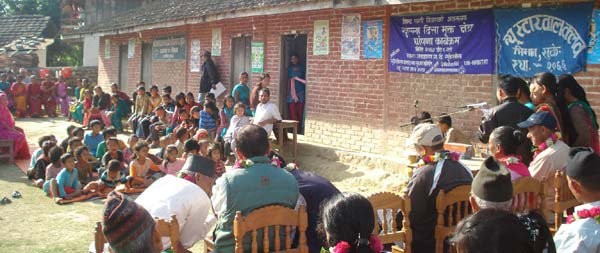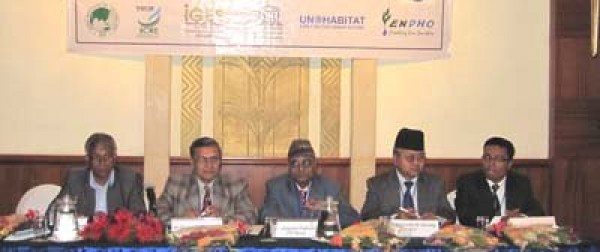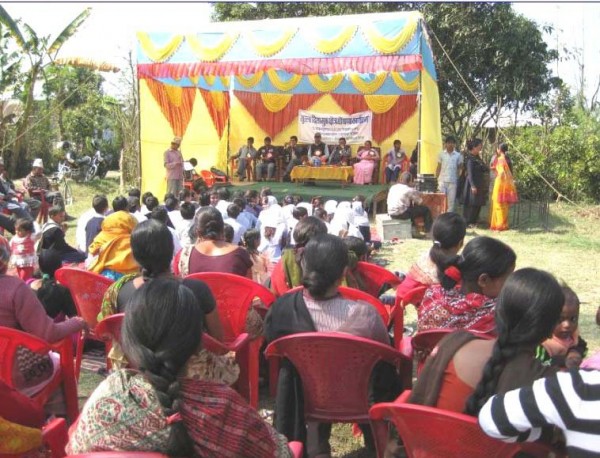Rainwater harvesting a boon to Lalitpur folk
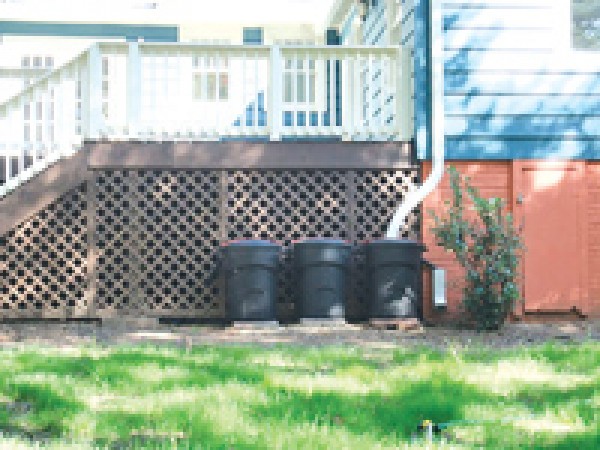
Lalitpur: Some four years ago, Rajendra Shakya, a local resident of Nyahakha Chuka Tole in Lalitpur district, used to wait for hours and sometimes a whole day to get drinking water through the pipes of Kathmandu Upatyaka Khanepani Limited (KUKL). “Due to increasing population and urbanization along with unmanaged settlements in and around the core city areas of Lalitpur, existing groundwater sources dried up while the water level in wells decreased alarmingly,” he said.
However, with the initiation of rainwater recharge programme in the area in 2009, locals from around 250 households around Nyhakha Chuke Tole and adjoining areas in Lalitpur get their own water supply with successful replenishment of their underground aquifer through rainwater harvesting. Lalitpur Sub-Metropolitan City (LSMC), Kathmandu Valley Water Supply Management Board (KVWSMB) with support from Center for Integrated Urban Development (CIUD), UN Habitat and The Bottlers Nepal Limited launched the rainwater harvesting programme to replenish the underground aquifer to support 20 different committees in Lalitpur in 2009. “The dug wells are being successfully replenished due to rainwater recharge system. Now, most households in our area have already shut off the KUKL drinking water pipe lines,” said Shakya.
According to Rojin Karmacharya, coordinator at CIUD, there is a total of 16 recharge wells and 21 rainwater collection chambers to recharge the community aquifer during the rainy season to supplement groundwater. “Most people in Lalitpur rely on shallow groundwater and it is depleting at an alarming rate due to over extraction and reduced recharge,” he said. Karmacharya added that now the communities actively involved in successfully managing rainwater harvesting in the area have started constructing overhead tanks to collect the water and later distribute to households in their areas. The rainwater promotion programme aims to establish RWH system in traditional ponds, community level recharge wells and pits to make people aware of the recharge mechanism and augment groundwater level.
Source: The Kathmandu Post, July 20, 2011
